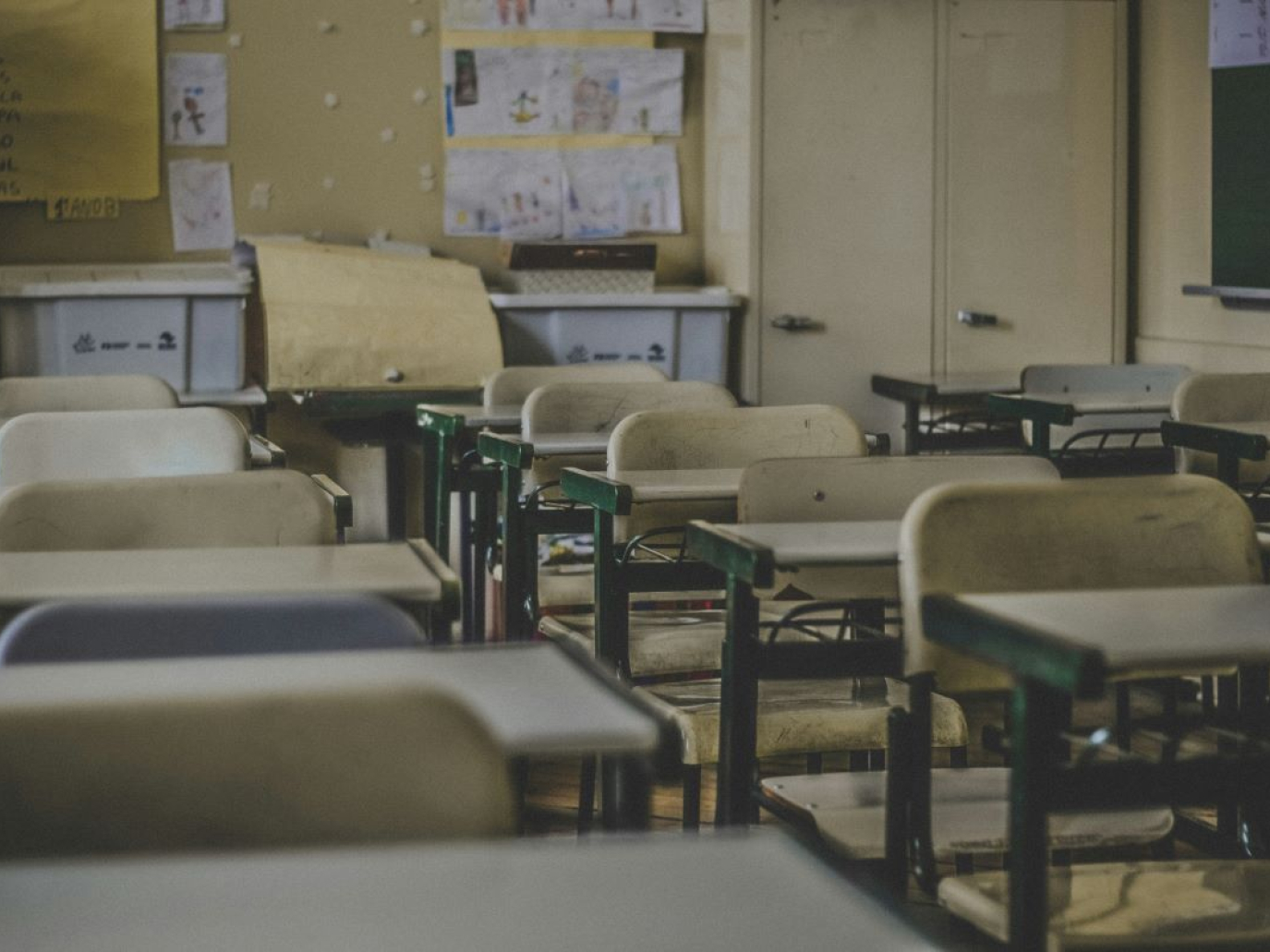
The bell doesn't ring. Doors are closed and classrooms are empty, not because of a strike or technical malfunction, but because of asbestos lurking in the floors. This happened at the Tasso Institute in Latina, but it could happen in hundreds of other Italian schools. Thirty-three years after the law that banned it, the deadly fibre continues to threaten Italian students and teachers.
At the end of September 2025, the Torquato Tasso Comprehensive Institute in Latina was urgently closed after traces of asbestos were found in the old floors of the building. The mayor signed a temporary shutdown order to allow for safety measures and new environmental investigations. However, this temporary measure has not allayed concerns. The National Asbestos Observatory (ONA) has denounced yet another delay: “The order refers to minimal traces of asbestos, equal to 2.5%, but there is no such thing as a harmless amount. Talking today about initial safety measures means admitting decades of delays. In the meantime, teachers and children have been exposed to a deadly risk.”
The ONA, via its president, lawyer Ezio Bonanni, has asked the Minister of Education, Giuseppe Valditara, to enforce a definitive clean-up, initiate health surveillance of staff and students, and arrange compensation for those who have already suffered health consequences. Bonanni reported cancer cases even among some of the younger school personnel, attributed precisely to exposure in the classroom: “Mesothelioma is just the tip of the iceberg.” In short, covering, closing and securing, which are always temporary measures, are not enough. Especially when it comes to children and schools, ONA argues, remediation must be carried out.
Schools that evade official monitoring
The Latina case is not an isolated one. According to the Observatory, the situation in Lazio remains critical: out of 5,371 schools surveyed, approximately 430 institutions (8%) present asbestos or asbestos risk. In the municipality of Rome alone, 111 contaminated school buildings have been identified.
A removal plan was announced in 2022 with 2014-2020 social cohesion funds, involving 111 secondary schools in the metropolitan city of Rome (77 in the municipality). However, this does not cover all municipal school buildings: in 2020, ONA had already surveyed 150 contaminated institutions, some of which were excluded from official monitoring, such as the Evangelisti Institute, which was only decontaminated in 2022 after the association filed a direct complaint. In its 2022/23 report, ONA estimated that there were 77 schools with asbestos in Rome and up to 138 in the metropolitan area. In 2024, after the launch of 24 construction sites, the total number dropped to 116: an improvement, but insufficient given the health emergency.
In the rest of the country, the situation does not improve, quite the contrary. According to the association, there are over 2,500 schools still contaminated, accounting for about 5% of the total number of schools. This means that every day, approximately 352,000 students and 50,000 teachers and school staff are potentially exposed. The health risks are real and already documented. The 8th ReNaM Report (National Mesothelioma Registry) recorded 158 cases of mesothelioma – a cancer typically linked to asbestos – among school staff up to 2021, with over a hundred new diagnoses between 2015 and 2025.
In total, mesothelioma has affected more than 250 teachers and school employees in recent decades. Unfortunately, this is only the tip of the iceberg: every year in Italy, asbestos still causes around 7,000 deaths from mesothelioma, asbestosis and other carcinomas, one of the highest annual death tolls in Europe.
A health hazard at school
Italian school buildings, often erected before the 1992 ban, still harbour this silent “health bomb”. Contamination affects not only asbestos roofing, but also interior materials such as vinyl-asbestos flooring, insulation panels, pipes and even the cladding of old electrical systems. What happens if a maintenance company comes in and drills a hole in a floor containing asbestos? People are often unaware that they are living in a dangerous situation, as monitoring is partial and inadequate.
Cities such as Genoa (154 schools with asbestos), Milan (89) and Turin (66) register the negative record of schools still contaminated. The problem extends beyond schools: ONA reports 250 hospitals and over a thousand public libraries with asbestos, not to mention the 40 million tonnes of asbestos-containing materials still scattered across approximately one million sites throughout the country. After thirty years of bans, asbestos therefore remains an unresolved emergency in many public places, especially schools.
385 million promised, where do we stand?
In 2020, the then Minister for the Environment Sergio Costa announced a dedicated National Plan: €385 million allocated to asbestos removal in public buildings, with priority given to schools and hospitals. The funding, provided under the Development and Cohesion Fund, was finally supposed to enable the removal and disposal of asbestos from thousands of buildings.
The funds were distributed among the regions: Sicily received €107 million, Puglia €74 million and Calabria €43 million. There is little time left to use up the funds: all the interventions should have been completed by 31 December. Yet, despite the promises, the actual progress appears disappointing. Back in 2019, €870,000 was made available to finance the preliminary design of 140 asbestos removal projects in over 100 municipalities. But the results have been a long time coming.
Many regions have been slow to act: in Lazio, for example, a removal plan for 111 secondary schools in the Rome area was only announced in 2022. Across Italy, in mid-2023, most of the 385 million was still to be spent. The 2025 deadline is looming, but the target is unlikely to be met.
The PNRR and asbestos: a missed opportunity
While billions of euros were available for school construction, the National Recovery and Resilience Plan (PNRR) did not allocate specific funds for asbestos removal. The only mention concerns the removal of asbestos roofs in agriculture, linked to the “Agrisolar Park”. Or the so-called “orphan sites”, i.e. sites to be decontaminated for which there is no specific allocation of responsibility: measure M2C4 of investment 3.4 has allocated 500 million, and the sites listed in a specific ministerial decree also include those contaminated with asbestos. But schools are not mentioned in any case. Therefore, they have been left out.
In some cities, however, the PNRR redevelopment works have also included remediation: this is the case in Rome, where since 2022, construction sites have been set up in 111 secondary schools to remove asbestos roofing and materials, with an investment of around €4 million. Yet these local initiatives are not enough to fill the gap left by the lack of a national strategy. Every day of exposure to asbestos in classrooms increases the likelihood that a former student or teacher will develop serious illnesses in a few decades. The effects are insidious: fibres inhaled today can cause cancer even after 20 or 40 years. “The total remediation of schools must become a national priority,” urges ONA lawyer Bonanni. Italy can no longer afford to wait.
Cover: photo by Feliphe Schiarolli, Unsplash



